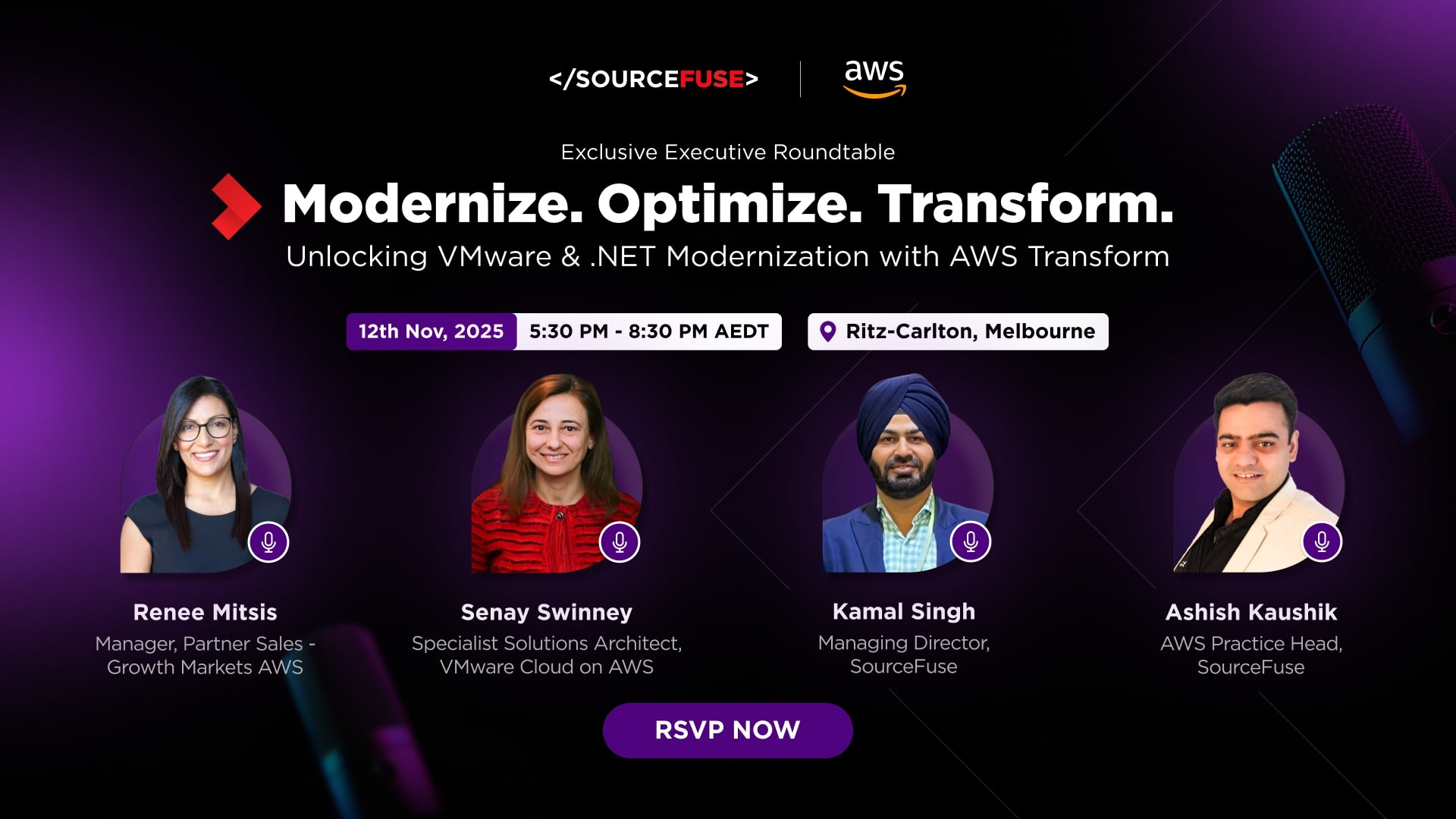As businesses continue migrating to the cloud, the allure of scalability and flexibility is often met with a stark reality – unexpectedly high bills. Cloud cost optimization is no longer optional; it’s essential. But with countless tools, services, and cloud cost reduction strategies floating around, how do you separate hype from what actually works?
At SourceFuse, we’ve helped enterprises across industries regain control over their cloud spending without compromising performance or innovation. Here’s a deep dive into cloud cost reduction strategies that deliver real results.
Why Cloud Cost Optimization Matters
Cloud platforms offer on-demand scalability, but that flexibility often leads to overprovisioning, idle resources, and billing complexity. Without a deliberate cloud cost management strategy, companies risk overspending—sometimes by as much as 30–40%, according to industry reports.
Cloud cost optimization is not just about cutting expenses; it’s about aligning your cloud investments with your business goals and usage patterns. If you’re unfamiliar with the fundamentals, check out our complete guide to cloud cost optimization to understand the basics before diving deeper.
Strategy 1: Gain Complete Visibility Into Cloud Spend
Visibility is the foundation of cloud cost optimization. Without granular insight into usage and costs, it’s impossible to make informed decisions.
Use Native Tools
Platforms like AWS Cost Explorer, Azure Cost Management, and Google Cloud Billing offer dashboards to break down usage by service, project, and account. These cloud visibility tools give businesses the clarity they need.
Tagging and Labeling
Enforce consistent tagging to track costs by team, environment, or application.
Custom Report
Build custom reports that surface trends, spikes, and anomalies in real-time.
Pro Tip: Implement a Cloud Center of Excellence (CCoE) to define tagging standards and enforce governance.
Strategy 2: Right-Size and Eliminate Waste
One of the most common culprits behind ballooning costs is overprovisioned or idle resources.
Rightsizing
Continuously monitor compute and storage usage. Use recommendations from cloud providers or third-party tools to downsize instances and eliminate underutilized assets.
Idle Resource Cleanup
Automatically detect and terminate unused instances, orphaned volumes, and stale snapshots.
Auto-scaling
Ensure services are configured to scale up and down based on real-time demand—not static assumptions.
Strategy 3: Embrace Automation and Scheduling
Automation is key to sustainable cloud cost reduction strategies.
Auto-Shutdown Policies
Automatically turn off non-production environments outside of business hours.
Lifecycle Policies
Move cold data to lower-cost storage tiers using automated lifecycle rules.
Infrastructure-as-Code (IaC)
Integrate cost controls and usage policies into your IaC templates to prevent overprovisioning from the start.
At SourceFuse, we help clients build automated guardrails that reduce manual effort and drive continuous cost savings.
Strategy 4: Adopt a FinOps Culture
True cloud cost optimization goes beyond tools—it requires a cultural shift and adoption of FinOps best practices.
FinOps Practices
Align engineering, finance, and operations to create shared accountability for cloud spend.
Budget Alerts
Set proactive alerts and spending thresholds to avoid end-of-month surprises.
Training and Awareness
Educate teams on cloud pricing models, cloud cost management best practices, and their impact on the bottom line.
We believe in enabling our partners to build internal maturity around cloud economics through continuous support and strategic enablement.
